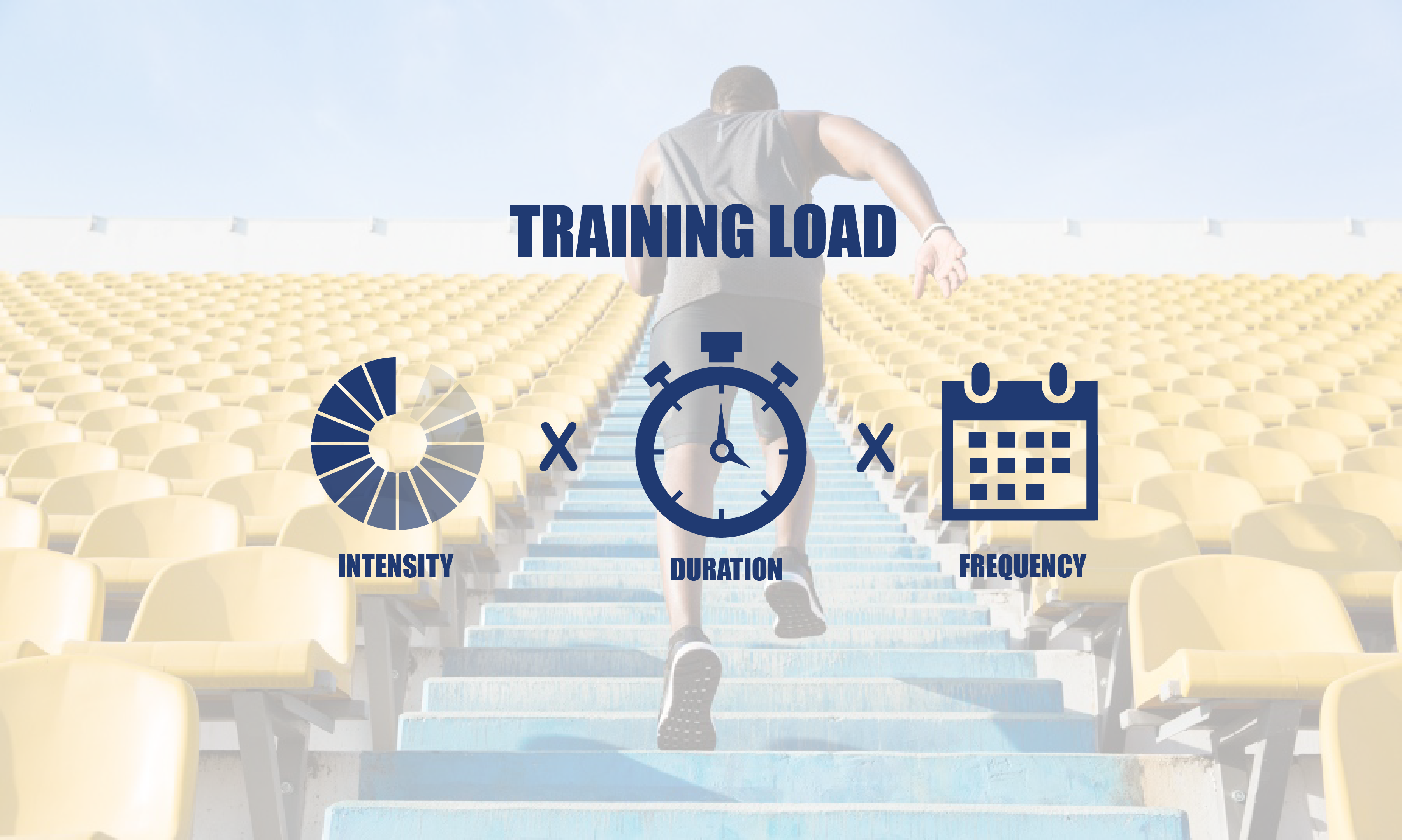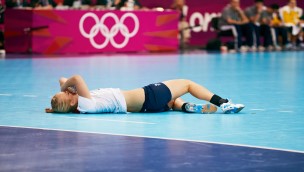Load Management = Training Planning
Load management – the balance between not training too much or too little – is the most important thing you can do to improve your performance and reduce injury risk. But how do you know what the right amount of training is? In this article, we will tell you about how athletes and coaches can plan their training in order to manage both the training load effectively, while at the same time reducing injury and illness risk.

The body has an excellent ability to adapt to the applied training load, but the key is always to gradually increase the amount of training. You become more resistant to injuries if you are in good shape. However, the risk of injury increases if you train too much.
What is Training Load?
Training load includes everything that stresses the body during training and competition. It's important to consider both the number, duration, and intensity of training sessions.

All activities that stress the body cause a reaction; gradually increasing the training load helps the body to adapt and tolerate more, while too much training load can be harmful. This is known as the principle of progression in training, and it essentially involves planning your training properly. Effective training planning provides better conditions for optimal performance and reduces the risk of injury.
Load Management
Load management is essentially the same as training planning. The key to load management is ensuring proper progression, allowing the mind and body adequate time to adapt to the training. This primarily involves "timing" different loads appropriately. Large fluctuations in weekly training load are a major factor in injury development, especially when there are significant increases in training load from one week to the next.
How Do I Do It?
To measure the load, you need to find a way to quantify relevant activities. Duration and frequency are easy to quantify, but intensity is a bit trickier. We refer to Olympiatoppen's intensity scale for an overview of different tools to quantify intensity.
A simple method is to record the time you have trained and multiply it by perceived exertion. This method is known as the Rating of Perceived Exertion (RPE). Perceived exertion is recorded on a scale from 0 to 20, where 0 representsvery easytraining and 20 represents extremely hard training. Combined with the time spent on training, this gives you a score for the day's training load. The total training load for a week is calculated by adding up all the scores for the week.
How much should the training load increase week by week?
Unfortunately, there is no magic number for how much the training load should increase, but the key is to build up physical capacity gradually.This means that you need to have a plan and manage trainingload based on what the athlete is accustomed to. It´s crucial to ensure the load doesn't increase too much, meaning it shouldn´t fluctuate significantly from week to week. At the same time, we want to make sure the athlete is progressing by getting enough training stimuli.
Training Diary
Training planning involves progression and adaptation: training enough, but not too much, and not too littleeither. This is an individual and a time-consuming process to figure out, which is why it can be a good ideafor athletes to start early to learn about this! The TRAINING DIARY is a great tool for managing training load and ideally it should be used TOGETHER WITH A COACH! The training diary allows you to adhere to important training principles, and to:
1. Keep track
2. Plan
3. Evaluate
4. Adapt
Olympiatoppen has developed a philosophy for using training diaries aimed at young athletes. For more information (in Norwegian), you can visit this page: Olympiatoppen's development philosophy. Olympiatoppen also offers a free training diary which you can find here: https://olt-dagbok.nif.no/.
Not Everyone Can Handle the Same Load
Several factors affect how much training load an athlete can tolerate, such as different physical conditions, growth periods, health issues and strains from life itself.
For example: If two athletes complete the same training session, the training load will affect them differently if you ask them. This is an important point in team sports or for different athletes within the same training group. For some – the training will be perceived as very hard, while for others quite OK. It’s important to take this into account, and ideally, the session should be adjusted based on each athlete’s individual level and condition. However, we do understand this can be challenging but it is nevertheless important to keep in mind, especially for young and adolescent athletes.
Especially Vulnerable Times
An athlete is particularly prone to injuries after periods of low training load; it always takes time to build the body back up after periods of less training. Holidays are a typical example whentraining load can be low. To avoid overuse injuries, it’s important either to keep on training during such periods, or to gradually increase the training load after holidays. Another example of particularly vulnerable times is when an athlete is returning to sport after being injured or ill.If the athlete has been out for more than one or two weeks, they will often lack important physical conditioning after such periods. To avoid new injuries or illnesses, it’s important to gradually increase the training load when the athlete returns to training and competition.
Did you know that...
...after periods of low training load, such as after a vacation or after an injury, an atlete is more prone to injuy?
To avoid a large transition when resuming sports after holidays or breaks, it’swise to keep the body active with sport-specific exercises during these periods also, if possible.
To sum up: The right training load is always about finding the right balance. Large fluctuations in weekly training load is not a good idea – and actually seem to be crucial for injury development. So -keep track of how much you train each week, adjust accordingly, and ensure enough time for recovery!


